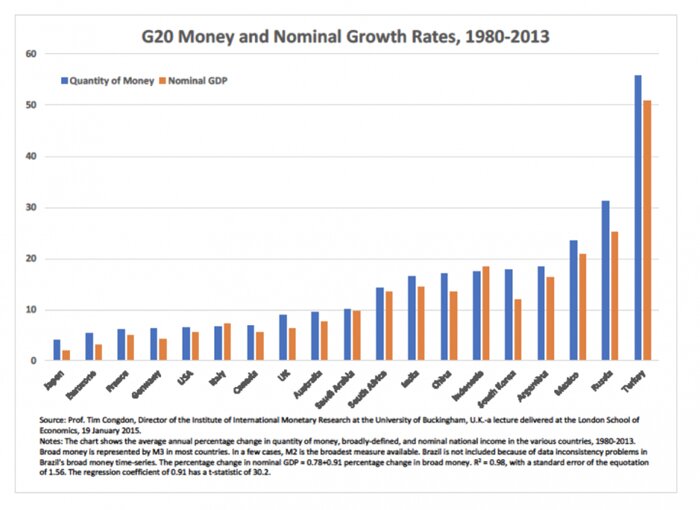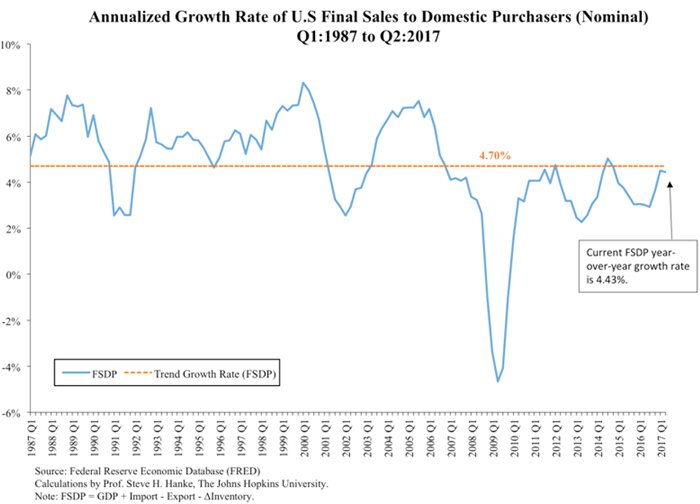1. Question: What were the two greatest economic catastrophes in the U.S. of the last 100 years?
Answer: The Great Depression (1929-1933) and the Great Recession (2007-2009). It is worth mentioning that most Americans date the start of the Great Recession as 2008, when Lehman Brothers collapsed. In fact, the crisis started on August 9, 2007. That’s when France’s BNP Paribas barred investors from accessing three money-market funds that had subprime mortgage exposure, citing a “complete evaporation of liquidity.” With that, Northern Rock, a bank that was formerly a building society, started to wobble, and eventually faced the first bank run in the U.K. since the Great Depression. This solvent institution eventually collapsed because the bank of England failed to make “lender of last resort” loans efficiently and promptly. This fiasco was clearly the result of government, not market, failure. These troubles eventually worked their way across the pond.
2. Question: What did the Great Depression and the Great Recession have in common?
Answer: Huge economic slumps accompanied both. Also, the diagnoses and prescriptions were the same. Both catastrophes were laid at the feet of market failure (read: the capitalist system is inherently flawed and prone to failure). To correct for the alleged market failure associated with the Great Depression, Roosevelt came up with the New Deal. In short, the prescription was a massive increase in the scope and scale of the government’s reach and involvement in the economy. This type of intrusive response has also followed the Great Recession, ushering in a plethora of government regulations, particularly those that affect banks and financial institutions. And why not? After all, the politicians told us that banks (and bankers) caused the Great Recession (read: market failure).
It is interesting to note that about the only ones who are happy about Dodd-Frank and the 1000s of regulations that it has given birth to are the members of an unholy alliance: the bank regulators and compliance officers. Yes, Dodd-Frank has produced “jobs for the boys!”
3. Question: Why were the diagnoses of and prescriptions for the Great Depression and Great Recession so completely wrong?
Answer: For a diagnosis of the course of economic activity, one needs a model. So, just what determines national income? What is a reliable model? Well, money dominates. The quantity of money, broadly defined, will set the course for nominal economic activity (read: real growth plus inflation). The chart below shows that, in the major economies of the world, there is a rather tight relationship between the growth rates in money, broadly defined, and nominal GDP growth.
If we apply a monetary approach to national income determination for the Great Depression, we find that the money supply, broadly measured (M3), plunged by 40% in the 1929-1933 period. Milton Friedman and Anna Schwartz, in their famous work, A Monetary History of the United States 1867-1960, showed just how the blame for the Great Depression can be laid at the doorstep of the Fed. Yes, it was a central bank, a government institution, that was the cause of, and should have borne the blame for, the Great Depression.
Never mind. The Federal Reserve (the Fed) was not blamed at the time. Instead, capitalism was fingered, and in consequence we had the New Deal. Misguided government policies not only caused the Great Depression, but also resulted in a deeper and longer depression. As Robert Higgs summarizes in his book, Against Leviathan: Government Power and a Free Society, Washington D.C. compounded the monetary problems generated by the Fed. The New Deal created regime uncertainty. In the words of Higgs:


